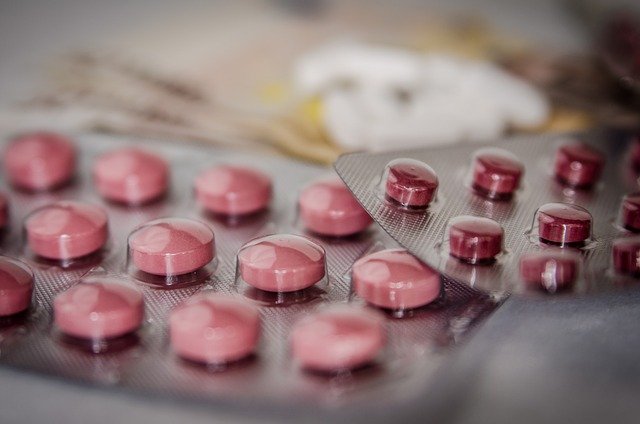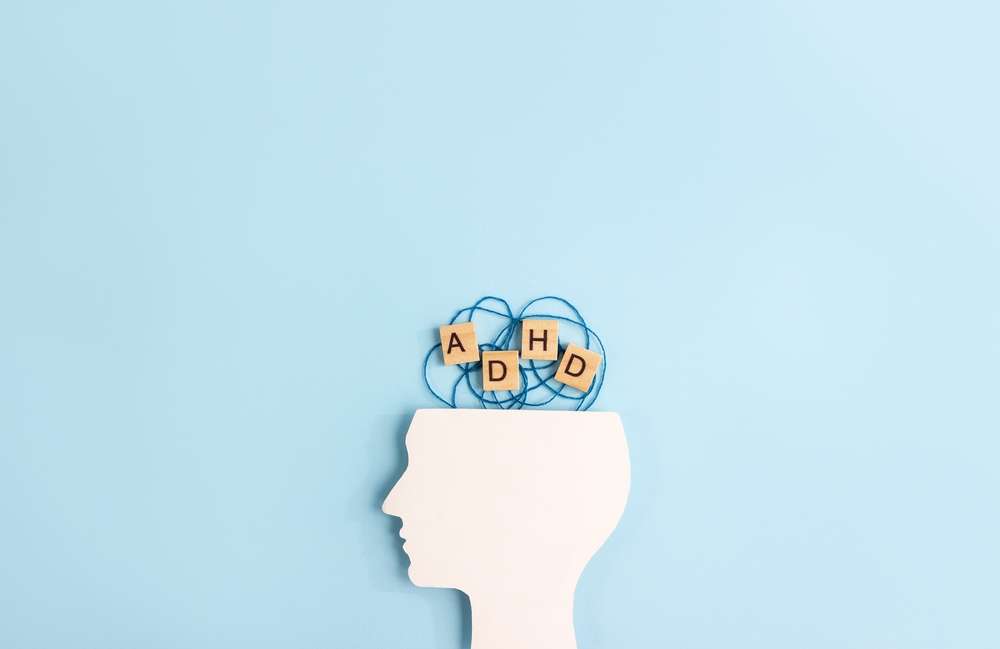Comprehensive Guide to Erectile Dysfunction
Erectile dysfunction, commonly known as impotence, is a type of male sexual dysfunction characterized by the inability to achieve or maintain an erection sufficient for satisfactory sexual intercourse. Erectile dysfunction can have a psychological impact because it is related to self-image. Approximately 80% of erectile dysfunction cases are caused by physiological problems, such as cardiovascular disease, diabetes, neurological problems resulting from prostatectomy, hypogonadism, and adverse drug reactions.

Erectile dysfunction (ED) represents a significant health concern that affects approximately 30 million men in the United States alone. While commonly associated with aging, ED can impact men of all ages and stems from complex interactions between physical, psychological, and lifestyle factors. This comprehensive guide explores what erectile dysfunction is, its relationship with libido, and effective approaches to address this condition.
What is Erectile Dysfunction?
Erectile dysfunction is defined as the persistent inability to achieve or maintain an erection firm enough for sexual intercourse. This condition differs from occasional erection difficulties, which most men experience at some point. For a clinical diagnosis of ED, symptoms typically need to persist for at least three months.
The physiology behind erections involves a complex interplay of hormones, blood vessels, nerves, muscles, and psychological factors. When sexual stimulation occurs, the brain sends signals that trigger increased blood flow to the penis. This blood becomes trapped in specialized chambers called corpora cavernosa, creating pressure that results in an erection. ED occurs when this process is disrupted at any point.
Common physical causes include cardiovascular issues, diabetes, obesity, hormonal imbalances, neurological disorders, and medication side effects. Risk factors increase with age, though ED is not an inevitable part of aging. Lifestyle factors such as smoking, excessive alcohol consumption, and lack of physical activity can significantly contribute to the development of erectile dysfunction.
Do Men with ED Experience Libido?
A crucial distinction exists between erectile dysfunction and loss of libido (sexual desire). Many men with ED maintain normal levels of sexual interest and desire despite their physical difficulties with erections. This separation between arousal and physical response often creates significant frustration and psychological distress.
However, the relationship between libido and ED is complex. Some conditions that cause erectile dysfunction, particularly hormonal imbalances like low testosterone, can simultaneously reduce sexual desire. Additionally, the psychological impact of experiencing ED can eventually lead to diminished interest in sexual activity due to performance anxiety, embarrassment, or fear of failure.
Conversely, certain psychological factors like stress, depression, or relationship problems might initially present as low libido but subsequently manifest as erectile difficulties. This interconnection highlights why comprehensive assessment is essential when addressing sexual health concerns.
How to Address Erectile Dysfunction?
Addressing erectile dysfunction begins with proper medical evaluation. The first step involves consulting a healthcare provider who can assess potential underlying causes through:
- Comprehensive medical history review
- Physical examination
- Blood tests to check hormones, cholesterol, and blood sugar levels
- In some cases, specialized tests like penile Doppler ultrasound
Treatment approaches vary based on the underlying causes and severity of symptoms. First-line treatments often include oral medications known as PDE5 inhibitors (sildenafil, tadalafil, vardenafil, and avanafil), which enhance blood flow to the penis. These medications are effective for approximately 70% of men with ED.
For those who don’t respond to oral medications, alternatives include:
- Vacuum erection devices
- Penile injections of vasodilating medications
- Intraurethral suppositories
- Penile implants (for severe, treatment-resistant cases)
Addressing underlying health conditions is equally important. Managing diabetes, hypertension, or heart disease can significantly improve erectile function. Similarly, reviewing current medications with a healthcare provider may identify drugs contributing to ED symptoms.
How to Help Men with ED?
Supporting men with erectile dysfunction requires a multifaceted approach. Lifestyle modifications play a crucial role in both prevention and management:
- Regular physical activity (at least 30 minutes of moderate exercise most days)
- Maintaining a healthy weight
- Following a heart-healthy diet rich in fruits, vegetables, whole grains, and lean proteins
- Limiting alcohol consumption
- Quitting smoking
- Managing stress through relaxation techniques or counseling
Psychological support is equally important. ED often creates a cycle of anxiety and performance pressure that worsens symptoms. Professional counseling, either individually or with partners, can address these psychological factors and improve outcomes. Couples therapy may be particularly beneficial when ED has affected relationship dynamics or communication.
Partners can provide valuable support by maintaining open, non-judgmental communication, expressing continued attraction and affection, and participating in the treatment process when appropriate. Focusing on intimacy beyond penetrative sex can help maintain connection while addressing erectile issues.
Treatment Options and Considerations
Various treatment approaches exist for erectile dysfunction, ranging from lifestyle modifications to medical interventions. Oral medications like sildenafil (Viagra), tadalafil (Cialis), vardenafil (Levitra), and avanafil (Stendra) remain the most commonly prescribed treatments. These medications work by enhancing the effects of nitric oxide, a natural chemical that relaxes muscles in the penis and increases blood flow.
For men who cannot take oral medications due to other health conditions or who don’t respond adequately to them, several alternatives exist:
| Treatment Option | How It Works | Considerations |
|---|---|---|
| PDE5 Inhibitors (oral medications) | Enhance blood flow to the penis | May interact with certain medications; requires sexual stimulation to work |
| Vacuum Erection Devices | Creates vacuum that draws blood into penis | Non-invasive; may cause bruising; requires practice |
| Penile Injections | Direct medication injection into penis | Highly effective; requires training; potential side effects |
| Intraurethral Suppositories | Medication inserted into urethra | Less invasive than injections; moderate effectiveness |
| Penile Implants | Surgically placed devices | Highly effective; invasive; last resort treatment |
Prices, rates, or cost estimates mentioned in this article are based on the latest available information but may change over time. Independent research is advised before making financial decisions.
It’s important to note that treatment success often depends on addressing both the physical and psychological aspects of erectile dysfunction. Many men benefit from a combined approach that includes medical treatment alongside psychological support and lifestyle changes.
Erectile dysfunction is a common and treatable condition that should not be ignored due to embarrassment or stigma. With proper diagnosis and personalized treatment, the majority of men can experience significant improvement in erectile function and overall sexual satisfaction. By understanding the nature of ED, its relationship with libido, and the range of available treatments, men and their partners can take proactive steps toward addressing this condition and maintaining sexual health throughout life.
This article is for informational purposes only and should not be considered medical advice. Please consult a qualified healthcare professional for personalized guidance and treatment.




